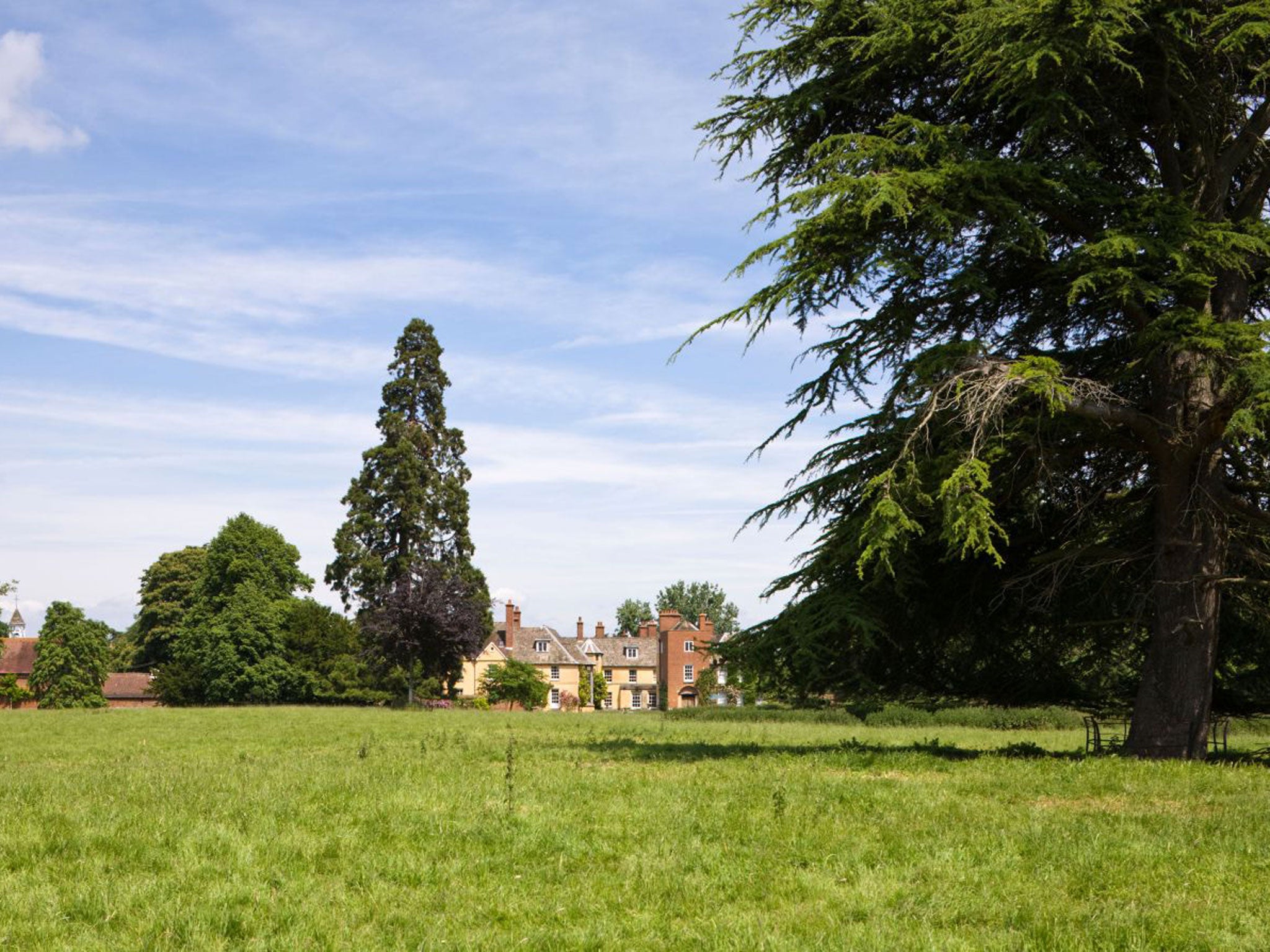Clash over badger cull turning into 'class war': Activists set sights on 'landed gentry'

John Yorke can trace his family's roots back to the Normans. Like his ancestors, 74-year-old Mr Yorke farms the 3,000 acres of prime Gloucestershire agricultural land that forms the Forthampton Court estate. An Old Etonian and former High Sheriff of Herefordshire, Mr Yorke reluctantly finds himself and his lands at the epicentre of the Government's highly controversial badger cull.
Opponents of the plan to use licensed marksmen to shoot badgers are focusing on the Yorkes. Killing the largely nocturnal mammals will help curb the spread of tuberculosis (TB) in cattle, some experts argue. Badgers, they say, spread the disease from beast to beast and herd to herd. Opponents dispute this and are intent on derailing a pilot cull that has been approved in Gloucestershire and is expected to start within the next 10 days. Their aim seems to be to intimidate Mr Yorke into withdrawing his support for the pilot, which, they say, is crucial to it going ahead.
Until now, Mr Yorke has refused to speak publicly about the cull. He remains reluctant to talk, but in his first comments, made to The Independent on Sunday, he threw his support wholeheartedly behind the scheme.
"I don't wish to make any points through the newspaper, except to say that 38,000 cattle are killed every year because of bovine TB. If each one is 8ft long, nose to tail, they would stretch from Piccadilly Circus in London to Radcliffe Square in Oxford," he said. "That represents 50 miles of dead bodies and so I have given my approval to the cull," he said.
Jay Tiernan, of Stop the Cull, said that Mr Yorke's background as a member of the "landed gentry" helped activists garner support. "We don't want to be seen to be harassing smaller farmers; it looks like a big gang of yobs against some guy struggling to make a living," he said. "We don't feel uncomfortable targeting the landed gentry.
"What kind of criticism are we going to get for targeting someone who has 3,000 acres, whose heritage is a part of who he is, someone who went to Eton and then Trinity College? Who has sympathy for someone like that?"
Cull opponents believe "on good authority" that if the Yorkes were to pull out of the cull, the county's licence would be revoked. Under government rules, the cull can take place only if landowners controlling 70 per cent of the culling zone agree to the killing. If the Forthampton estate pulled out, the percentage would fall below the required level.
There are around 700 saboteurs fighting the badger cull, 500 of whom are willing to trespass on property to disrupt the cull, according to Mr Tiernan. Some plan to patrol Forthampton, using LED flashing lights, loudhailers, vuvuzelas and flash cameras to scare away the badgers; many are prepared to put themselves between the badgers and the marksmen.
They are also keeping those involved in the cull under surveillance and have put marksmen's car details online. Mr Tiernan denied that this amounted to intimidation. "If something happens, bad luck," he said. "If you are involved in the badger cull, you are going to be exposed."
Drew Pratten, a 45-year-old management consultant who lives 20 minutes from the estate, is another cull opponent watching events closely. A member of Gloucestershire Against Badger Shooting, he insists he isn't an activist. But, now, after reporting two alleged instances of blocked badger setts on the estate – which he believes could have caused the deaths of more than 40 badgers – he is seeking advice on whether he can bring a lawsuit against the estate and Natural England, the cull licence issuer, in an attempt to prevent the killing.
The Yorkes take an active role in village life and are well liked locally, but views on the cull are mixed. Tim Danter, 41, bar manager at the Lower Lode Inn, near the estate, said: "I couldn't say I was for or against it. The way it affects us is the police presence." Michael Barrett, 77, said he was "sympathetic to farmers" but also wary of "unnecessary harm to the animal population". He thought the "verdict was still out" in terms of the science.
But 88-year-old Fred Remmer, whose wife's family has lived on the estate since 1841, was more resolute. Protesters are "pests" who "do not know what they are on about", he said. His son, Fred, 63, a semi-retired deputy head, said something has to be done to stop cows being "decimated".
The proposed cull has similarly split politicians, scientists, vets and the general public. Some argue that culling badgers, which are known to spread TB among cattle, will reduce the problem. Their opponents say this will make matters worse, as fleeing badgers spread the disease to new areas.
Subscribe to Independent Premium to bookmark this article
Want to bookmark your favourite articles and stories to read or reference later? Start your Independent Premium subscription today.

Join our commenting forum
Join thought-provoking conversations, follow other Independent readers and see their replies